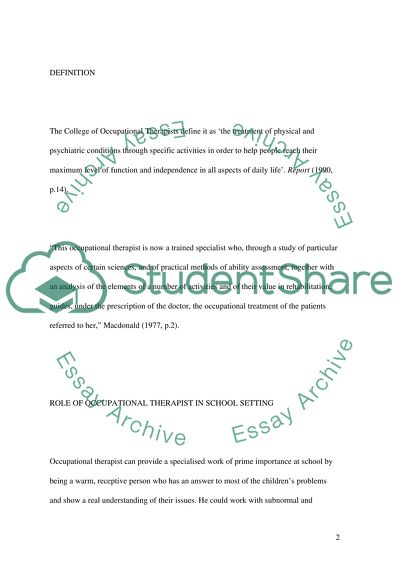Cite this document
(Perceived Efficacy and Goal Setting System Assignment, n.d.)
Perceived Efficacy and Goal Setting System Assignment. Retrieved from https://studentshare.org/health-sciences-medicine/1515446-occupational-therapy-master-essay
Perceived Efficacy and Goal Setting System Assignment. Retrieved from https://studentshare.org/health-sciences-medicine/1515446-occupational-therapy-master-essay
(Perceived Efficacy and Goal Setting System Assignment)
Perceived Efficacy and Goal Setting System Assignment. https://studentshare.org/health-sciences-medicine/1515446-occupational-therapy-master-essay.
Perceived Efficacy and Goal Setting System Assignment. https://studentshare.org/health-sciences-medicine/1515446-occupational-therapy-master-essay.
“Perceived Efficacy and Goal Setting System Assignment”, n.d. https://studentshare.org/health-sciences-medicine/1515446-occupational-therapy-master-essay.


